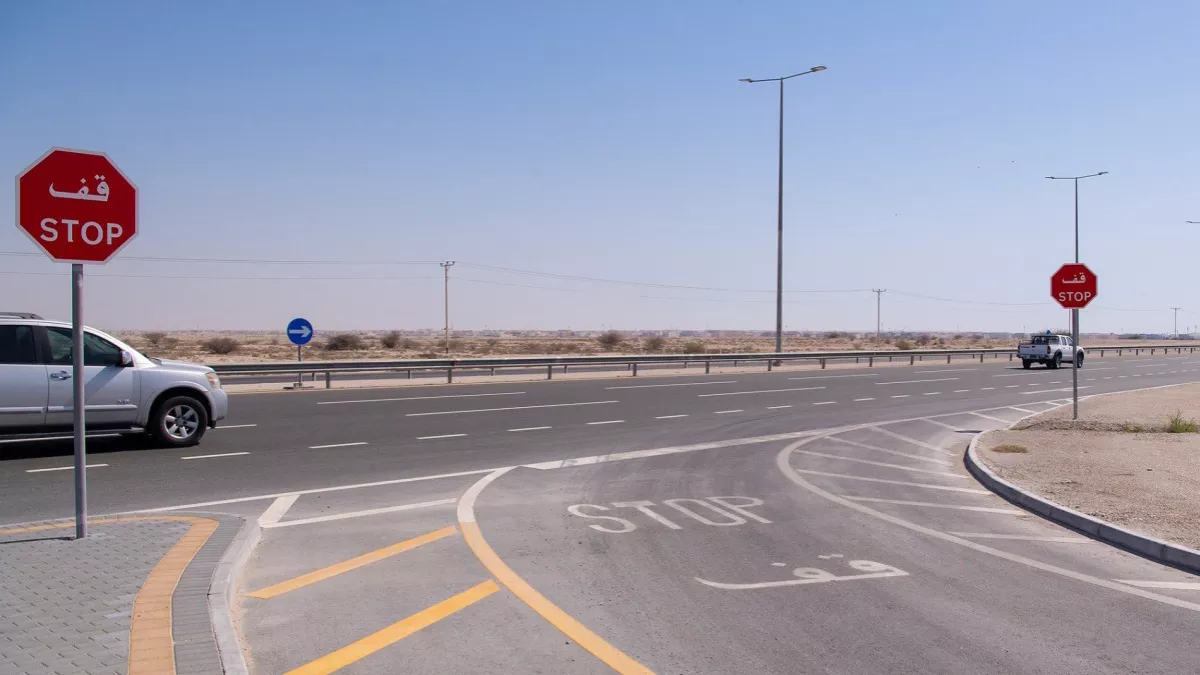Ashghal announced the completion of development and improvement works on part of Al-Sailiya Road
01 Jul 2024
News
The Public Works Authority (Ashghal) declared that the development and improvement work on a portion of Al-Sailiya Road has been completed. The work began at the Al Sailiya Roundabout (also referred to as Qtel R/A) and continued to the Al-Sailiya Sports Club Roundabout, where the road was extended from two to three lanes in each direction and certain link roads were developed. This is part of the seventh phase of the Road Improvement Works Outside Greater Doha Areas.
The Roads Projects Department at Ashghal's Project Engineer, Eng. Hassan Al Naama, highlighted the significance of the development works carried out in the project and its strategic location, particularly since Al Sailiya Road serves the entire area and makes it easier to access the areas of Rawdat Abal Heeran, Al Mearad, and Masaken Barwa Al Sailiya.
He clarified that although Al Sailiya Road is seen as an extension of Al-Waab Road, which would make access to Al-Majd Road easier, it also offers connectivity with major thoroughfares.
He said that 4.5 km of new road work had been done. In order to improve traffic safety and regulate traffic flow, a portion of Al-Sailiya Road was developed, extending from the Al Sailiya Roundabout to the Al-Sailiya Sports Club Roundabout. Here, the number of lanes was increased from two to three in each direction, with a median island separating the lanes. Additionally built is the section that connects Al-Sailiya Road to Jery Al-Theeb Street and Sadriyate Al-Hamm Street.
In addition to 108 parking spots, 202 new lighting systems, 10.5 km of ITS lines, and 11 cameras for vehicle monitoring, the project works also included the installation of pedestrian and cycling pathways. The total length of the paths was approximately 1 km. This is on top of putting in place beautifying projects, repairing asphalt layers, and supplying road signs and ground markings.
Along with creating TSE irrigation lines, establishing a few home connections, and safeguarding existing service lines, the work also involved creating 1.8 km of potable water, 0.65 km of surface water and rainwater drainage, and 0.66 km of drainage network. Lighting poles, lights, and other local Qatari sources were used to supply materials and components such rainfall drainage, surface water drainage, and sewage pipelines. The local component of the project accounted for around 70% of the total effort.
